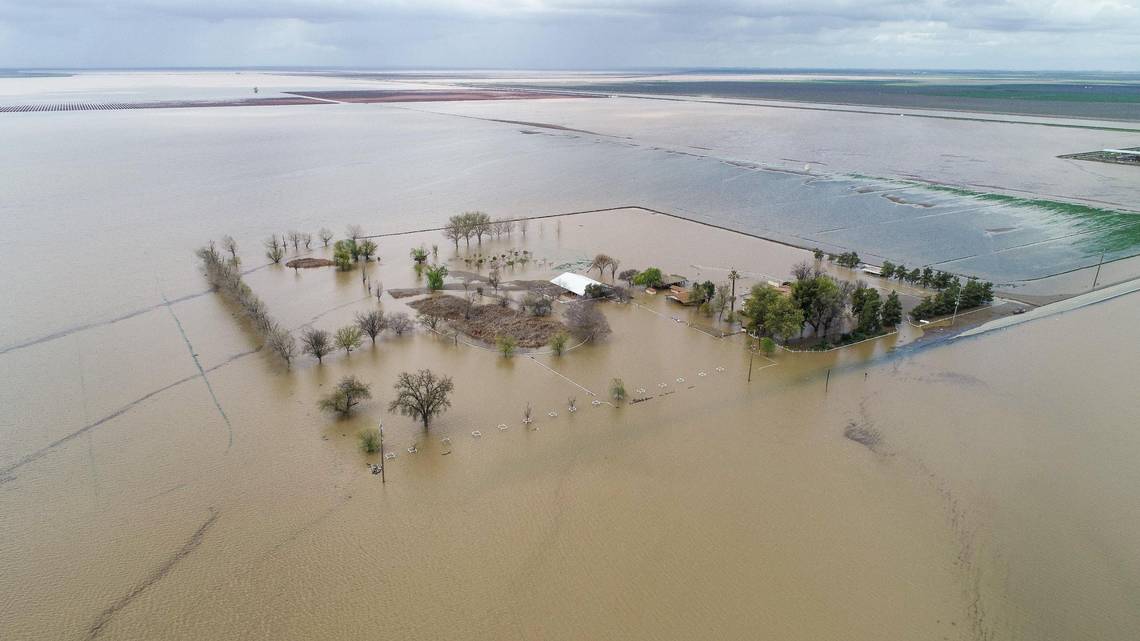Table of Contents
ToggleIntroduction:
Flooding caused by climate change has caused devastation in California, but for some, it has been a “blessing.” The Tachi Yokut, who are the Indigenous people of California’s Central Valley, are welcoming the return of Lake Tulare, which had been drained since the 1800s to make way for homes and farmland.
History of Lake Tulare:
Lake Tulare was once the largest freshwater lake west of the Mississippi River and was home to fish, birds, and elk. It also sustained about 19,000 Yokut people. However, when settlers arrived in the 1800s, they transformed the lake and life for the Yokuts. European settlers brought diseases that killed Indigenous people, and government programs relocated Native Americans and disconnected them from their land, culture, and language.
The Return of Lake Tulare:
The lake’s return is a reminder of what was once there and is a “blessing” for the Tachi Yokut, who are holding ceremonies along the shore. The flood has destroyed crops and put farmers out of work, but the Indigenous people see it as part of their healing process.
Impact of the Flood:
The lake’s current expansion, which has covered more than 45,730 hectares, has swallowed about 36,425 hectares of farmland, resulting in losses of $140m for the Tulare Lake Basin agricultural industry. The California government has signed an executive order to divert floodwater, remove debris, and repair levees in the Tulare Lake and San Joaquin River basins. However, the state wants to divert water to other areas to dry out the land again, which is a concern for the Tachi Yokut.
Restoring Lake Tulare:
The lake’s future is uncertain, and some experts believe it should be restored as a habitat for fish. Peter Moyle, professor emeritus of fish biology at UC Davis, argues that the lake should be recognised for what it is and restored. Buzz Thompson, faculty director at Stanford University’s Water in the West program, said the floods would force the California government to make difficult choices between investing in higher levees and infrastructure or encouraging retreat from flood-prone areas.
Indigenous Management:
The idea of restoring Lake Tulare could have wind at its back. In recent years, California’s environmental policy has shifted to recognise Indigenous ways of managing land and water. In the case of Lake Tulare, it could mean returning the land to Indigenous management, which could restore the lake and bring back a “sense of normalcy” to the environment.
Conclusion
In conclusion, the return of Lake Tulare has brought mixed emotions for the people of California’s Central Valley. While the flooding has caused significant damage to farmland and the agricultural industry, it has also been seen as a “blessing” by the Tachi Yokut, who welcome the return of the lake as part of their healing process. The restoration of the lake could also have ecological benefits, as it could provide a habitat for fish and other wildlife. However, the future of Lake Tulare remains uncertain, and difficult choices will need to be made about how to manage flood-prone areas in the face of climate change. Nonetheless, the recognition of Indigenous ways of managing land and water could provide a path forward for restoring Lake Tulare and bringing back a sense of normalcy to the environment.







